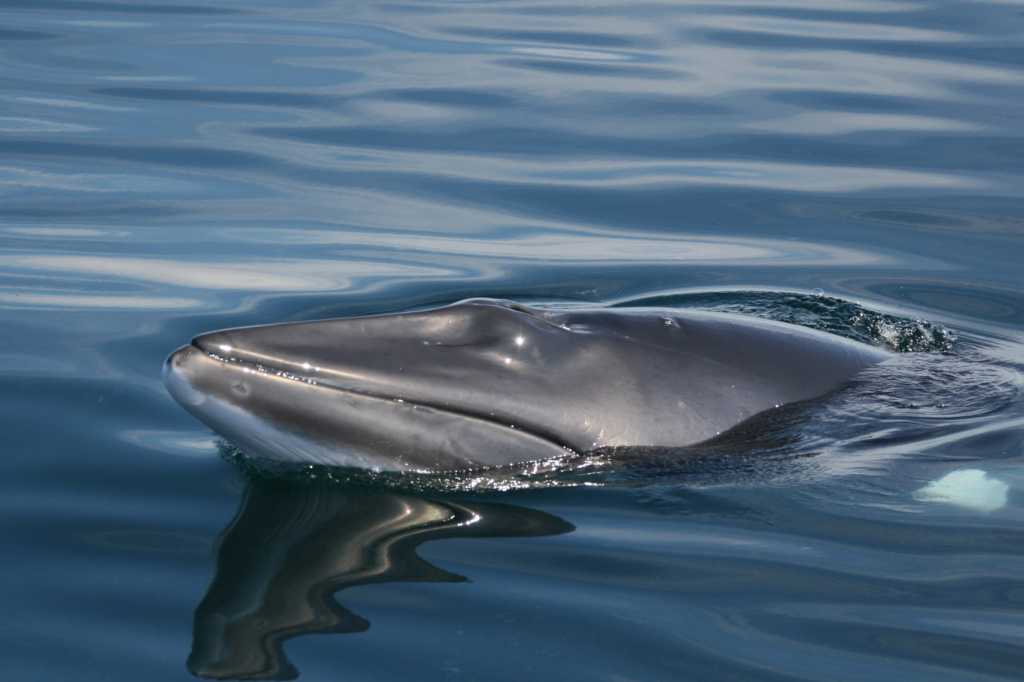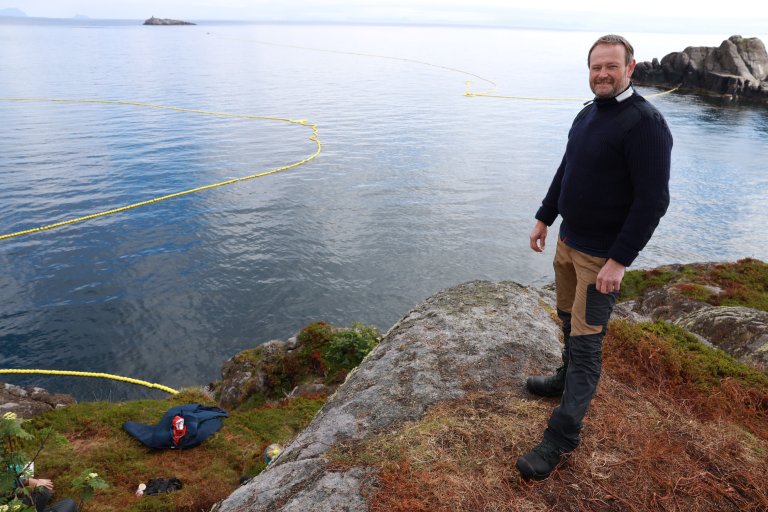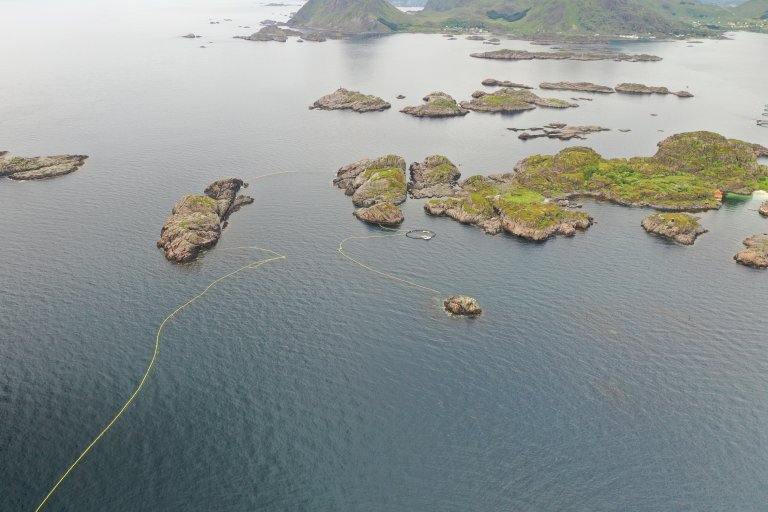Researchers will find out what baleen whales can hear
– This knowledge is necessary in order to protect whales from noise in the sea, says researcher Petter Kvadsheim at FFI.

In the last hundred years, there has been an increase of man-made noise in the sea from ship traffic, oil activities, offshore wind and military sonar. Now, steps are made to protect large sea mammals from such noise.
– We know that whales use sound to communicate, look for food and navigate. Man-made sound can affect the whale’s hearing and behavior, as well as disrupt how it communicates, hunts for food and navigates, says Petter Kvadsheim.
– Today we do not know for sure what frequencies baleen whales register. It has never been measured. Such knowledge is the first step if we are to find out what type of man-made noise that will affect the whales and in what way.

A joint US-Norway research experiment now tries to solve the mysteries of whale hearing. The goal is to catch a young mink whale alive in a natural basin between two islands to measure its hearing threshold. The minke whale is the smallest of the baleen whales.
Whale hearing will be measured using the same method as used on infants. Electrodes register the nerve signals from the ear to the brain when a sound is registered. A veterinarian monitors the tests.

– If the animal shows any sign of being stressed, we will stop the experiment, Kvadsheim says.
The whale will be released when the experiments are completed.
The project is led by FFI and the National Marine Mammal Foundation (NMMF), in collaboration with, among others, the University of Aarhus (Sweden) and the zoo in Kristiansand (Norway). NMMF has extensive experience in testing hearing in dolphins and toothed whales. The client is the US authorities responsible for regulating noise pollution. The project will run until 2024.
In 2021 the experiments were met with protests from animal rights groups. But both the project and the catch and release methods are approved by the Norwegian animal and food safety authority. The project is also supported by the Research committee on sea mammals.
– This will yield important knowledge on what types of human made noise can disturb baleen whales. It can also contribute to studies on other aspects of baleen whale physiology and health, says Dr. Martin Buiw from the Institute of marine research.